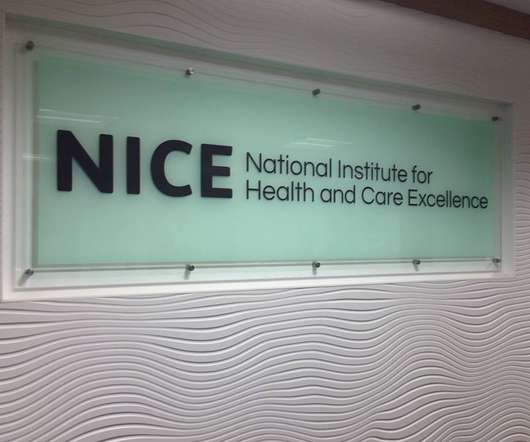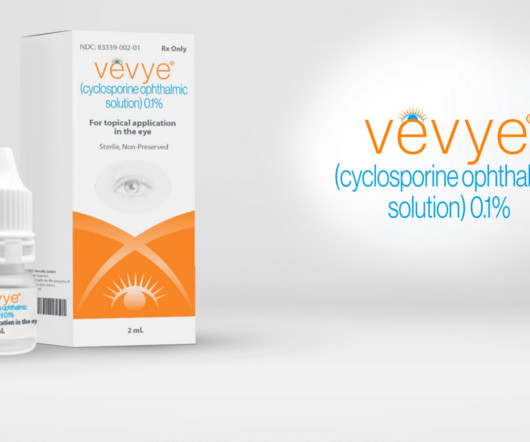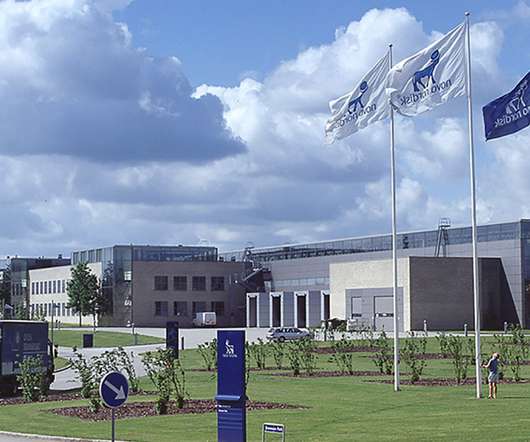NICE recommends gene silencing therapy for porphyria patients on NHS
Pharma Times
OCTOBER 21, 2021
Givlaari uses ‘gene silencing’ RNA interference technology, to target the production of pathogenic compounds in people AHP

Pharma Times
OCTOBER 21, 2021
Givlaari uses ‘gene silencing’ RNA interference technology, to target the production of pathogenic compounds in people AHP

XTalks
OCTOBER 26, 2021
After initial rejection from the National Institute for Health and Care Excellence (NICE) last year, the non-departmental public body of the Department of Health in England has now given the green light to the gene silencing treatment Givlaari (givosiran) for the treatment of the rare metabolic disorder, acute intermittent porphyria (AIP).
This site is protected by reCAPTCHA and the Google Privacy Policy and Terms of Service apply.

pharmaphorum
OCTOBER 21, 2021
UK cost-effectiveness watchdog NICE is set to recommend NHS use of Alnylam’s gene-silencing therapy Givlaari in England and Wales for the rare disease acute hepatic porphyria (AHP), after its advisors issued a positive verdict on the drug. It was approved by the European Medicines Agency (EMA) last year. .

XTalks
JUNE 14, 2023
Novaliq, a biopharmaceutical company specializing in ocular therapeutics, recently announced that their product Vevye (cyclosporine ophthalmic solution) 0.1 As a water-free product, it does not have an associated pH value or osmolarity. This mechanism reduces eye swelling and promotes tear production.

pharmaphorum
JUNE 28, 2021
The reductions matched the efficacy of current therapies for ATTR amyloidosis that require chronic dosing such as Alnylam’s Onpattro (patisiran) and Ionis/Akcea’s Tegsedi (inotersen) – both gene-silencing agents which can cost around $450,000 a year. — Eric Topol (@EricTopol) June 26, 2021.

pharmaphorum
NOVEMBER 18, 2021
Danish drugmaker Novo Nordisk must like what it has seen in its two-year-old alliance with gene-silencing specialist Dicerna Pharma – it has just agreed to acquire the biotech for $3.3 Once in the blood, the GalXC molecules travel to the liver, where they enter hepatocyte cells and can switch protein production on or off.

pharmaphorum
MARCH 4, 2021
Tivanisiran is based on gene silencing technology using RNA interference (RNAi) and selectively inhibits production of the transient receptor potential cation channel (TRPV1).
Let's personalize your content